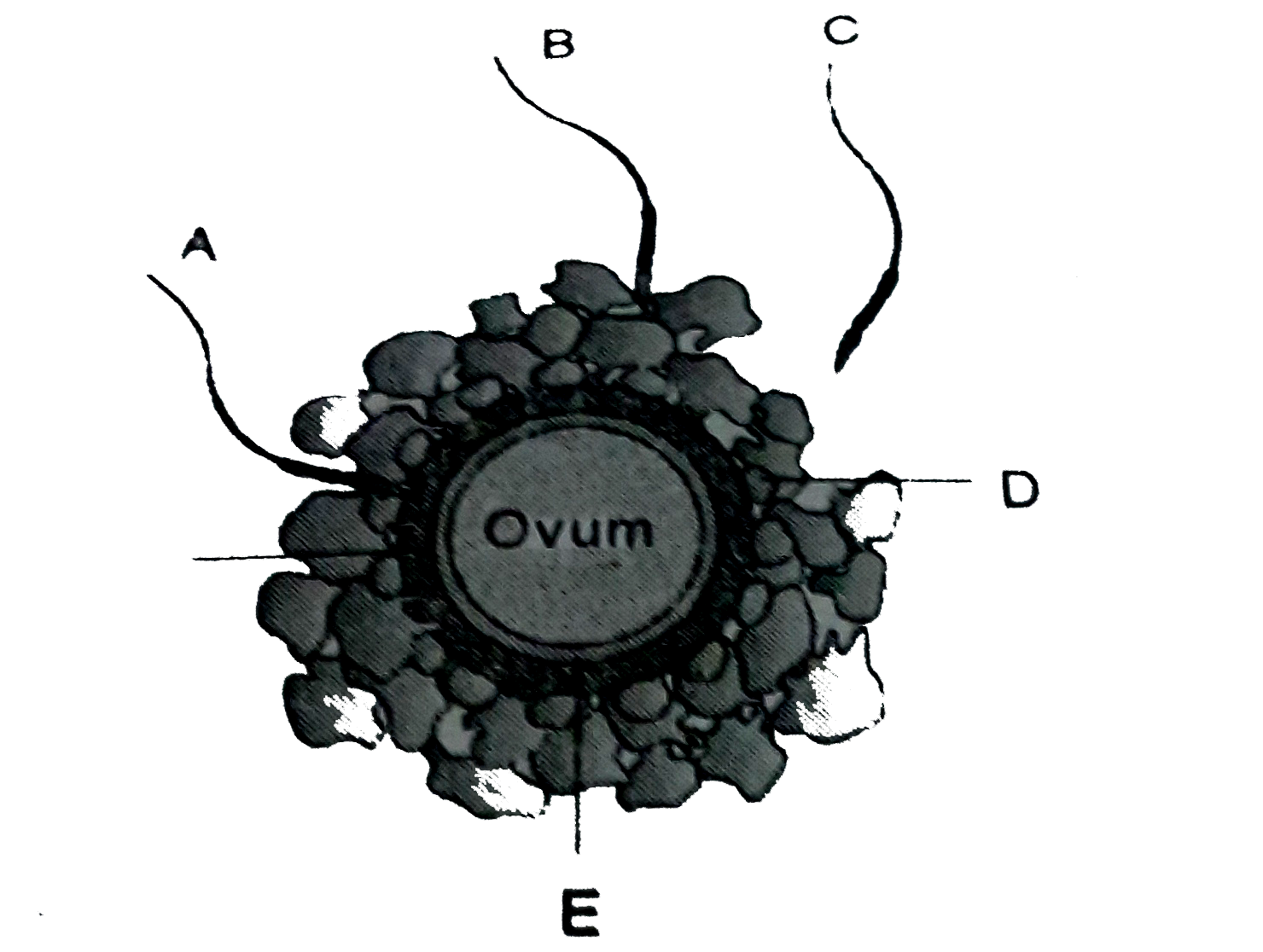Name the following:
(a) The process in plants which converts light energy into chemical energy.
(b) Organisms that cannot prepare their own food.
(c) Organisms that can prepare their own food
(d) The cell organelle where photosynthesis occurs.
(e) The cells which surround a stomatal pore
(f) An enzyme secreted by gastric glands in stomach Which acts on proteins.
(a) Photosynthesis It is a process by which green plants having chlorophyll synthesise simple suger (glucose)from water and CO2 using the energy of sunlight. The light energy is used in splitting of water molecules into hydrogen and oxygen (i.e., chemical energy ).
(b) Autotrophs Those organisms which can make their own food from inorganic substances present in the environment, e.g., green plants , autotrophic bacteria etc. are called autotrophs.
(c ) Chloroplasts Chlorophyll is the green pigment capable of trapping light energy, requried for photosynthesis. This pigment is present in chloroplast present in the leaves.
(d) Guard cells Each stomatal pore is sorrounded by a pair of guard cells , that control their opening and closing by the inflow and outflow of water.
(e) Heterotrophs Those organisms which cannot make their own food from inorganic substances and depend on other organisms for their food . e.g., all animals , yeast , etc.
(f) Pepsin It is a protein digesting enzyme secreted from gastric glands present in the wall of the stomach .
Topper's Solved these Questions
- BOOK - NCERT EXEMPLAR ENGLISHCHAPTER - LIFE PROCESSESEXERCISE - Long Answer Type Questions11videos
LIFE PROCESSES
- BOOK - NCERT EXEMPLAR ENGLISHCHAPTER - LIFE PROCESSESEXERCISE - Long Answer Type Questions11videos
LIFE PROCESSES
- BOOK - NCERT EXEMPLAR ENGLISHCHAPTER - HOW DO ORGANISMS REPRODUCEEXERCISE - Long Answer Type Questions10videos
HOW DO ORGANISMS REPRODUCE
- BOOK - NCERT EXEMPLAR ENGLISHCHAPTER - OUR ENVIRONMENTEXERCISE - LONG ANSWER TYPE QUESTIONS8videos
OUR ENVIRONMENT
Similar Questions
A cyclic process is occurring in C3 plant, which is light dependent and needs O2. This process energy rather it consumes energy ltbegt (a) Can you name the given process ?
(b) Is it essential for survival ?
( c) What are the end products of this process ?
(d) Where does it occur ?View Solution[A] : Light is the energy which is stored as chemical energy in the form of food during photosynthesis .
[R] : Light also influence various other activities of organisms such as photoperiodism etc .View Solution
Knowledge Check
- Question 1 - Select One
The rate at which light energy is converted into chemical energy of organic molecules, is the ecosystem's
(a) net primary productivity
(b) net secondary productivity
(c) gross secondary productivity
(d) gross primary productivityAnet primary productivityBnet secondary productivityCgross secondary productivityDgross primary productivity
The process in which organisms do not require light and pigment and synthesize their, food utilizing energy released by the oxidation of inorganic and organic substance is
(a) Photoautotrophism
(b) Heterotrophism
(c) Chemosynthesis
(d) SaprophytismView SolutionGiven below is the diagram of a human ovum surrounded by a few sperms. Study the diagram and answer the following questions :

(a) Which one of the sperms would reach the ovum earlier ?
(b) Identify 'D' and 'E'. Mention the role of 'E'.
(c ) Mention what helps the entry of sperm into the ovum and write the changes occuring in the ovum during the process.
(d) Name the specific region in the female reproductive system where the event represented in the diagram takes place.View SolutionFrom the following, select the process which take place during the development of embryo sac.
(a.) Functional megaspore divides by three mitotic divisions.
(b.) Type of nuclear division is free , where no cell wall formation takes place.
(c.) Among eight nuclei. Six are surrounded by a cell wall.
(d.) Central cell is situated below the egg apparatus .View SolutionProperties of the elements are given below. Where would you locate the following elements in the periodic table ?
(a) A soft metal stored under kerosene
(b) An element with variable (more than one) valency stored under water.
(c) An element which is tetravalent and forms the basis of organic chemistry
(d) An element which is an inert gas with atomic number 2
(e) An element whose thin oxide layer is used to make other element corrosion resistant by the process of ''anodising''.View SolutionWhich of the following is correct:
(a) Cells of all living organisms have a nucleus.
(b) Both animal and plant cells have a well defined cell wall.
(c) In prokaryotes, there are no membrane bound organelles.
(d) Cells are formed de novo from abiotic materials.View SolutionName the organelles which show the analogy written as under
(i) Transporting channels of the cell
(b) Power house of the cell
(c) Packaging and dispatching unit of the cell
(d) Digestive bag of the cell
(e) Storage sacs of the cell
(f) Kitchen of the cell
(g) Control room of the cellView SolutionRead the following statements and choose the option which is the set of correct statements. (a) sun is the source of energy for grazing food chains. (b) in aquatic ecosystem, DFC is the major conduit of energy flow (c) some organism of DFC become prey for GFC animals. (d) ecosystem can support unlimited number of trophic levels.
View Solution

